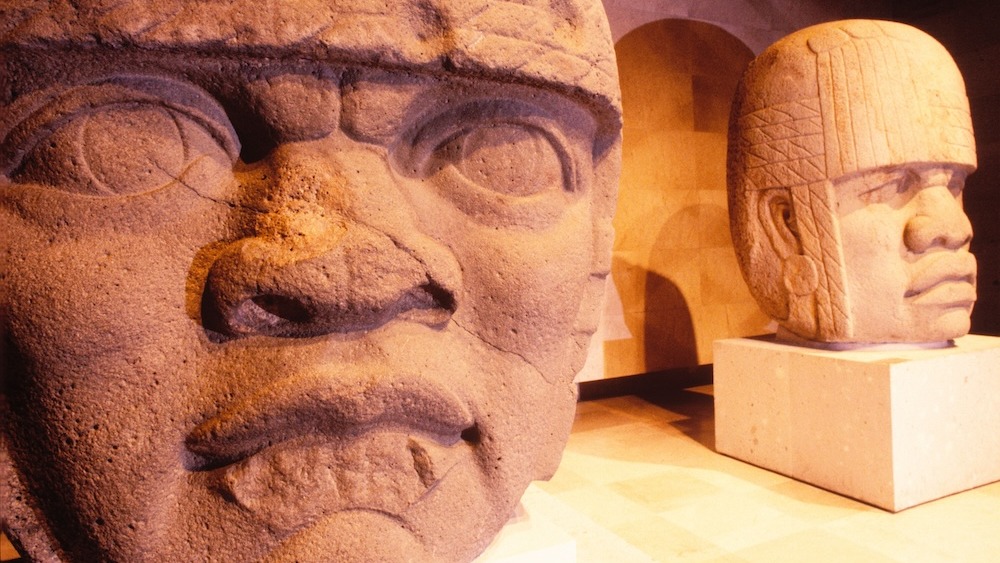No two are alike: The colossal stone heads of Olmec in Mexico
The massive statues likely depict rulers from the ancient Olmec civilization.

Name: Olmec colossal heads
What they are: A series of massive heads that were each carved out of a single basalt boulder, often transported from miles away, during the Olmec civilization, an agricultural Mesoamerican culture and the earliest known society in what is now Mexico. Each of these imposing artifacts averages about 10 feet (3 meters) tall and weighs 8 tons (7.3 metric tons). Artisans used stone tools to shape them, adding in details such as pupils in the eyes and dimples in the cheeks, chins and lips, before painting the pieces in bright colors, according to the World History Encyclopedia.
Where they were found: Mexico, specifically in Tres Zapotes in Veracruz, and the Gulf Coast
When they were made: 1200 to 400 B.C.
What they tell us about the past: Of the 17 known Olmec colossal heads found across Mexico, no two look alike. For instance, one is decorated with a crown engraved with jaguar paw prints while another wears a headdress. This has led archaeologists to think that each of the massive statues depicts a specific ruler.
While it remains a mystery whose likeness the heads portray, one researcher identified a single statue, known as Colossal Head 5, as a second-millennium B.C. ruler from San Lorenzo, the oldest known Olmec city.
Related: Twin 'grumpy mouth' reliefs of Olmec contortionists discovered in Mexico
Get the world’s most fascinating discoveries delivered straight to your inbox.
However, archaeologists have yet to find any burials at San Lorenzo, and the few known instances of Olmec writing remain undeciphered, so the identity of the region's rulers and residents remains unknown, according to the Metropolitan Museum of Art in New York City.
It's unclear how the Olmec used the sculptures, however some researchers think that citizens would move the carvings to different spots in the city during important rituals. They may have also used them as markers to establish dominance or political authority, or even for protection, according to the World History Encyclopedia. For example, in the Olmec city of La Venta, archaeologists discovered four heads positioned on the north and south sides of the city. But instead of facing toward the city center, the heads looked outward as if they were guarding it from intruders.
Around 900 B.C., some of the heads in La Venta were buried, possibly as a ritual to move forward into the future. However, some researchers think that the burial happened closer to when the heads were produced as either a way to worship ancestors or in a move to "neutralize the dead ruler's power," according to the World History Encyclopedia.
Jennifer Nalewicki is former Live Science staff writer and Salt Lake City-based journalist whose work has been featured in The New York Times, Smithsonian Magazine, Scientific American, Popular Mechanics and more. She covers several science topics from planet Earth to paleontology and archaeology to health and culture. Prior to freelancing, Jennifer held an Editor role at Time Inc. Jennifer has a bachelor's degree in Journalism from The University of Texas at Austin.


